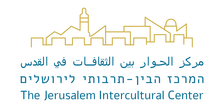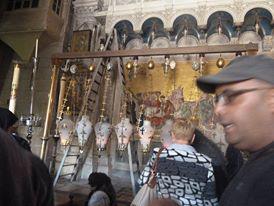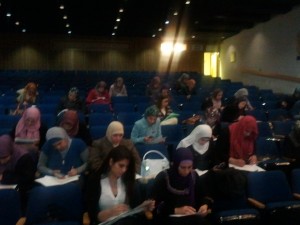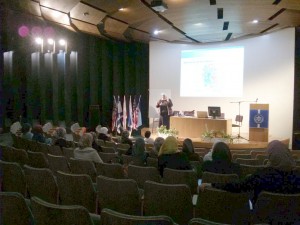Haredi Society – A Democratic Society?
Ultra-Orthodox Jewish (Haredi) society is often thought of as a closed, hierarchical society. One in which each community asks questions of its Rabbis, and acts only after gaining approval from them. Definitely not the model of a democratic society.
And yet, we’ve found it’s possible to utilize democratic principles to build community in the Haredi neighborhood of Romema. We’ve worked with other neighborhoods on deep democratic processes, we’ve worked before with Romema and we’ve worked on Haredi issues. But we believe this is the first time that deep deliberative democratic principles for community building have been used in a Haredi community!
Last week we kick-started a process of deliberative democracy in Romema with two town meetings using the open space methodology – one for men, and, a week later, one for women. (This was the major way we adapted our ‘standard’ methodology to Haredi cultural morés.)
Some 250 women and 100 men attended the meetings. They discussed issues such as: traffic infrastructures and public safety, planning and public infrastructures (in different complexes, on different streets), sanitation, playgrounds and sports fields, curbing break-ins, and more. Residents divided into dozens of task teams, each with its own leader, which will work on each of the issues that is close to their hearts. You could feel in the air the passion and responsibility of the people who came. Open Space Technology is many times believed to be relevant to open societies with open communication, flat hierarchy and democratic tradition. In these evenings we found out that it suited very well the Haredi residents of Romema.
Romema isn’t a stranger to community-building activities. The community center has been partnering with the Jerusalem Foundation and the Joint Distribution Committee (JDC) – Israel, but in areas concentrating on children, youth and education. In previous processes, deep democracy was not utilized. This is the first time that issues raised affected all areas of everyday life, and all ages. The first time that such a broad spectrum of problems was tackled, that such a broad spectrum of residents participated. We wish them luck, and we’ll continue to post updates. We thank the UJA-Federation of New York and the Jerusalem Foundation for enabling us to guide this process. It is just the beginning – community work will require now to shadow the many teams that were born in the two events, helping them to reach their goals.
















